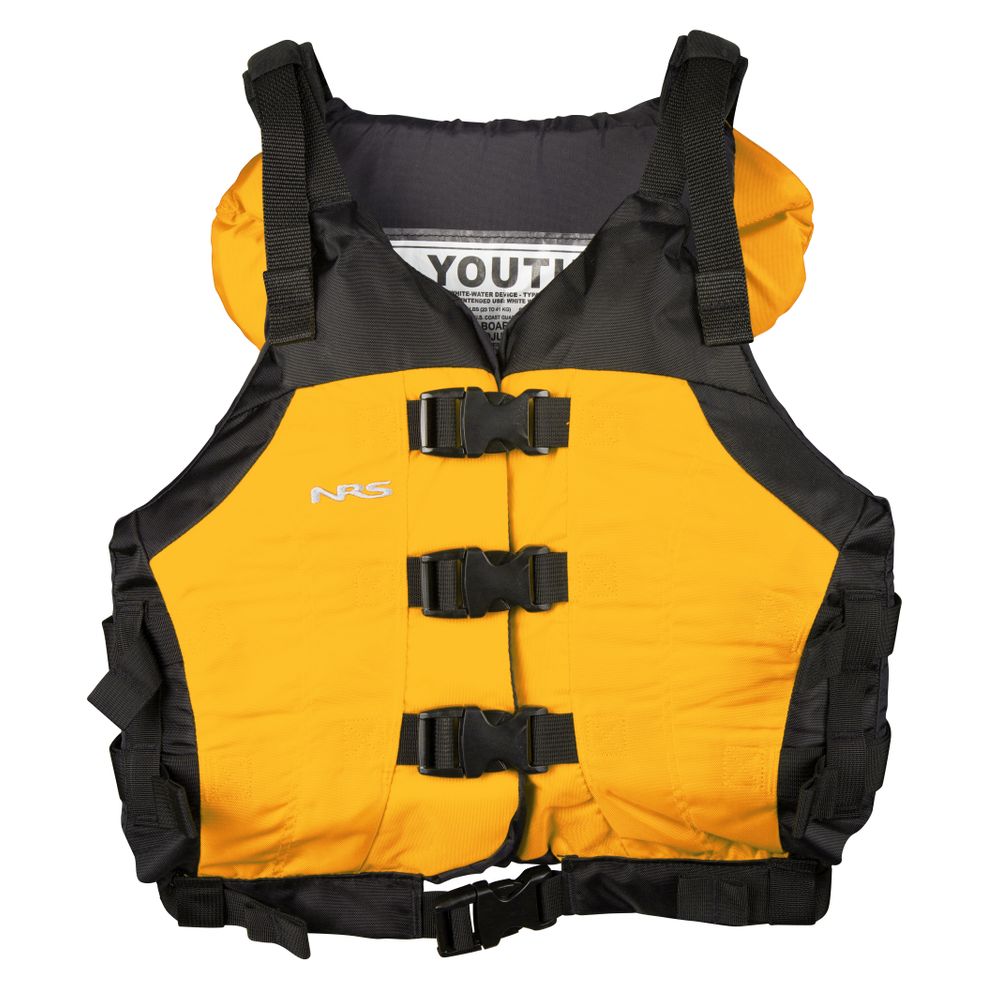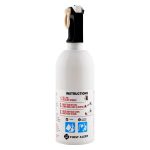Introduction to Life Jackets
Life jackets, also known as personal flotation devices (PFDs), are vital safety equipment designed to keep individuals afloat in water. Whether you are on a boat, swimming, kayaking, or engaging in any water-based activity, understanding how to properly use a life jacket is essential for ensuring your safety and the safety of others around you. Life jackets come in various types, sizes, and designs, each tailored to specific activities and conditions. This guide will detail the importance of using life jackets, how to select the right one, and the proper way to wear and maintain them for maximum effectiveness.
Understanding the function and necessity of life jackets can significantly reduce the risk of drowning and enhance one’s experience on the water. This article will break down the key aspects of life jackets, including their types, features, and best practices for ensuring they are used correctly.
Why Life Jackets Are Essential
The Importance of Life Jackets
Life jackets are crucial safety devices designed to prevent drowning in various aquatic environments. They provide buoyancy and support, allowing individuals to remain at the surface of the water. In emergency situations, such as capsizing or falling overboard, a life jacket can mean the difference between life and death. According to the U.S. Coast Guard, more than 80% of drowning victims were not wearing life jackets. This statistic underscores the importance of using a life jacket whenever you are near water.
Wearing a life jacket isn’t just a personal decision; it’s also a responsible choice that protects not only you but also your fellow passengers or participants in water-based activities. By promoting a culture of safety and compliance, you contribute to a safer environment for everyone involved.
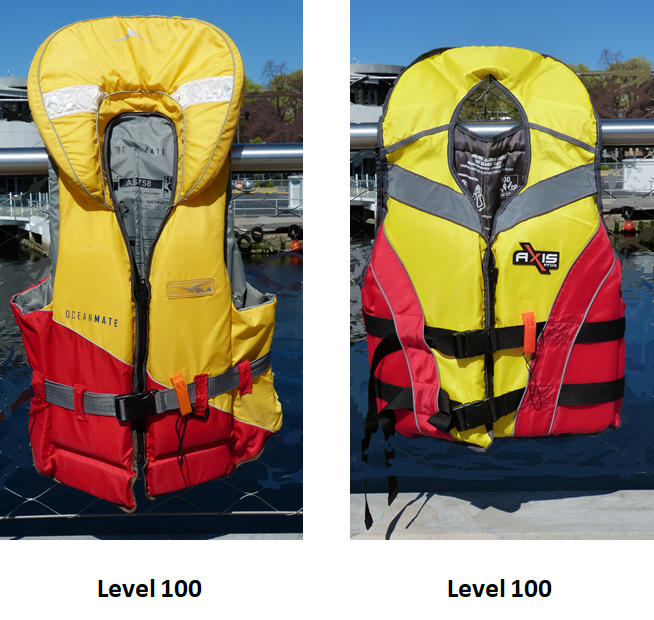
Legal Requirements
In many regions, laws require that life jackets be worn or available onboard when engaging in various water activities. This could include boating, fishing, kayaking, and more. Regulations often specify the number and type of life jackets needed based on the number of individuals on board and the type of craft being used.
Understanding and adhering to these laws is essential to avoid fines and penalties and to ensure the safety of all participants. Checking local regulations and guidelines can help you properly prepare for your water adventures, ensuring that you have the correct type of life jackets for your activities.
Types of Life Jackets
Understanding the Different Types
Life jackets come in several types, suited for specific activities and circumstances. The most common types include:
- Type I: Offshore Life Jackets – Designed for open, rough waters, these jackets provide the most buoyancy and are ideal for situations where quick rescue is unlikely.
- Type II: Near-Shore Bouyant Vests – Suitable for calm waters, these life jackets are designed for situations where quick rescue is expected.
- Type III: Flotation Aids – These provide flexibility and comfort for various activities, such as kayaking, water skiing, or fishing, while still ensuring buoyancy.
- Type IV: Throwable Devices – These are designed to be thrown to someone in distress and include cushions and ring buoys.
- Type V: Special Use Devices – Designed for specific activities, like sailing or white-water rafting, these jackets must be worn for them to be effective.
Choosing the Right Life Jacket
Selecting the right type of life jacket is crucial for ensuring safety on the water. Consider factors such as the activity you will be participating in, the conditions of the water, and the size and weight of the individuals who will be wearing them. Checking the manufacturer’s specifications and recommendations can help guide your decision.
Additionally, it is essential to ensure that the chosen life jacket fits well. An improperly fitting life jacket can slip off in the water or restrict movement, defeating its purpose. By evaluating these factors and asking questions, you can make an informed choice that enhances your safety.
How to Properly Wear a Life Jacket
Fitting the Life Jacket Correctly
How to Wear a Life Jacket? Once you’ve chosen the right life jacket, it’s vital to ensure it fits properly. A well-fitted life jacket will stay securely in place while providing maximum buoyancy. Start by loosening all straps and slipping the jacket over your head, ensuring the front is positioned correctly.
Next, adjust the sides and shoulder straps to achieve a snug but comfortable fit. Your life jacket should not sit too high or too low—it should be level with your chest. You should be able to lift your arms freely without the jacket riding up over your head. A good test is to raise your arms above your head. If the life jacket shifts significantly or feels loose, it needs more adjustment.
Conducting a Safety Check
After putting on your life jacket, it’s important to conduct a safety check. Ensure that all straps are secured and that the jacket remains snug against your body. Check for any signs of wear or damage, such as frayed straps or broken buckles, which can compromise the effectiveness of the jacket.
Additionally, familiarize yourself with the life jacket’s features, including pockets, reflective materials, and whistles, if applicable. Understanding these aspects can enhance your safety and increase your preparedness in emergency situations.
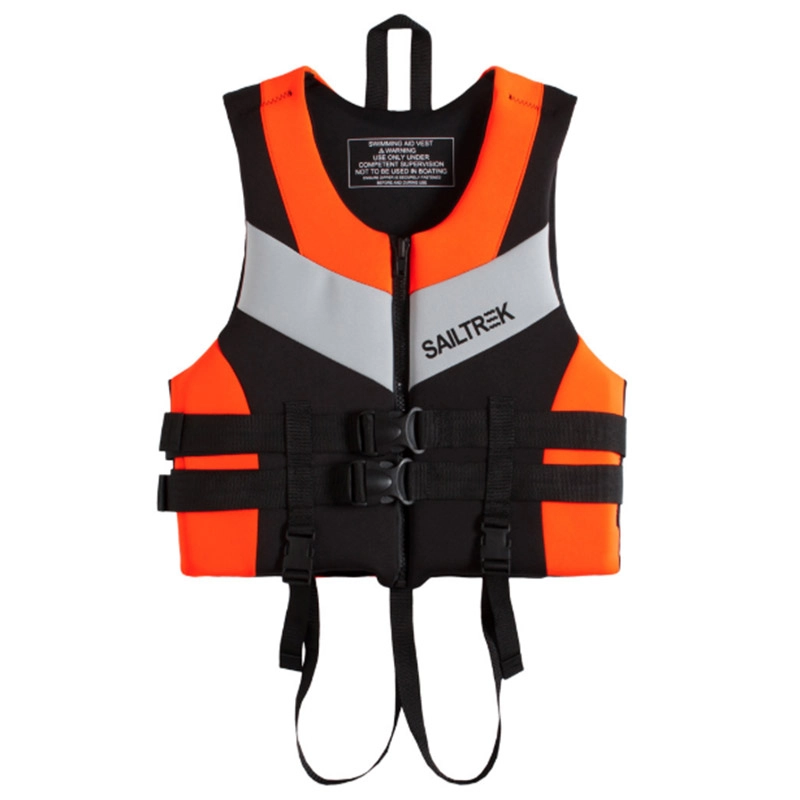
Maintaining Your Life Jacket
Proper Cleaning and Care
Maintaining your life jacket is essential for ensuring its longevity and effectiveness. After each use, especially in saltwater or dirty environments, rinse the life jacket thoroughly with fresh water to remove any debris or salt. Allow it to air dry completely before storing it to prevent mold and mildew growth.
Periodically inspect your life jacket for signs of wear, such as frayed straps, faded colors, and signs of manufacturing defects. If you notice any damage, address it immediately by repairing or replacing the jacket, as a compromised life jacket can endanger your safety.
Storage Tips
Proper storage of your life jacket can significantly increase its lifespan. Store it in a cool, dry place away from direct sunlight, as prolonged exposure to UV rays can degrade the materials over time. Ensure that the life jacket is not stored in confined spaces where it may be crushed or deformed.
If your life jacket has removable components, such as liners or reflective gear, store these items separately. Keeping your life jacket clean and maintained makes it easier to grab it at a moment’s notice, allowing you to prioritize safety during water activities.
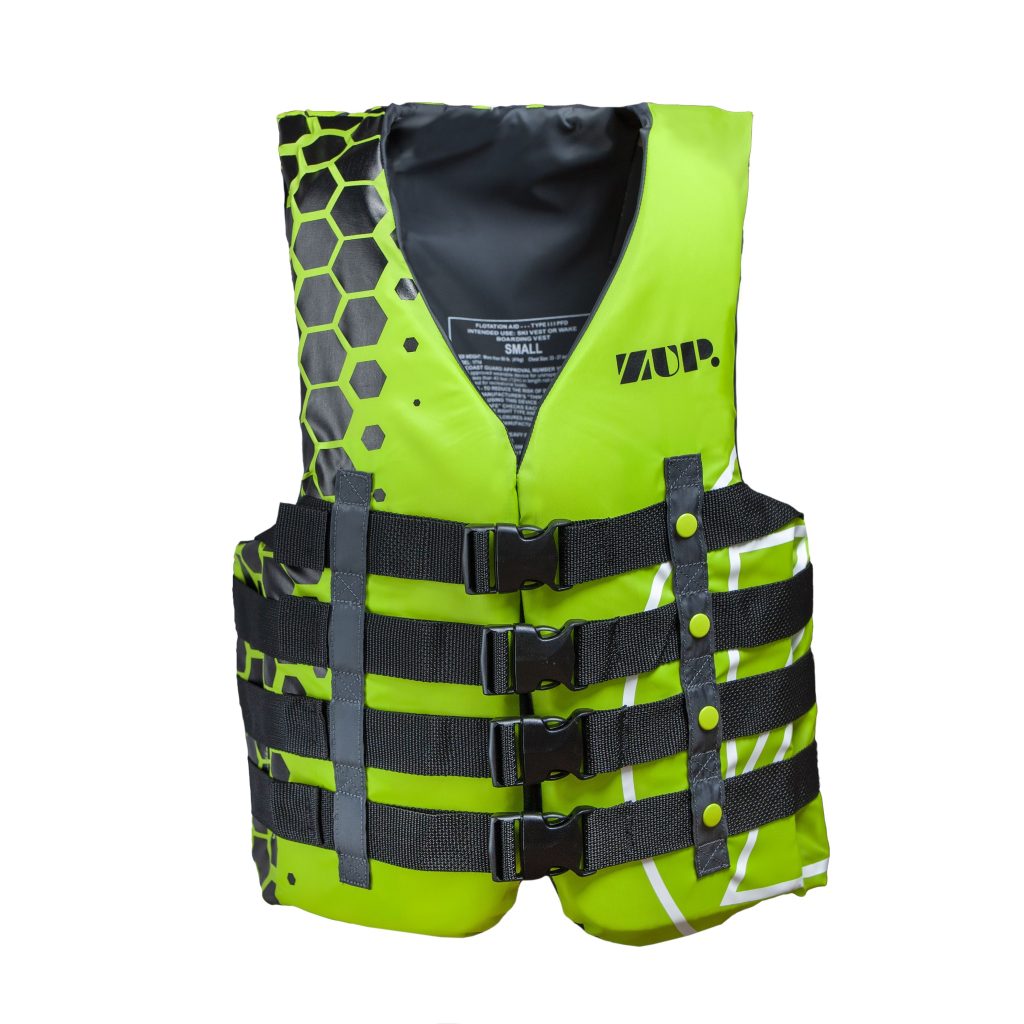
Educating Others on Life Jacket Safety
Sharing Knowledge
Educating friends and family about the importance of life jackets is essential for fostering a culture of safety on the water. Hosting informal gatherings or discussions about water safety can help instill the importance of wearing life jackets. Share personal experiences, statistics about drowning incidents, and information on local regulations to encourage responsible behavior.
Encouraging children to practice wearing life jackets early can cultivate a sense of safety and responsibility, ensuring that they understand the importance of using life jackets.
Organizing Training Sessions
Consider organizing training sessions or workshops that focus on life jacket safety and proper use. Engaging with local organizations, such as boating clubs or community centers, can help you create an effective program that informs participants about safe boating practices.
These sessions can also include demonstrations on how to fit and wear life jackets correctly, along with hands-on experiences, ensuring participants leave with a solid understanding of water safety. This proactive approach can contribute to a broader awareness of the importance of life jackets and enhance safety within your community.
Conclusion: Prioritizing Safety with Life Jackets
In conclusion, knowing how to use a life jacket effectively is essential for anyone engaging in water-related activities. By understanding the importance of life jackets, the various types available. And the proper techniques for wearing and maintaining them, individuals can significantly reduce the risks associated with water use. Ensuring that everyone in your vicinity prioritizes the use of life jackets can create a safer and more enjoyable environment for everyone involved.
Ultimately, education and awareness are key components in promoting life jacket use. By sharing knowledge and taking active steps toward safety, we can foster a culture that values and prioritizes safety on the water. Remember, every trip onto the water is an opportunity to enjoy yourself, but safety should always come first. So whether you’re fishing, boating, or simply enjoying a day at the beach, keep life jackets at the forefront of your safety plans.
